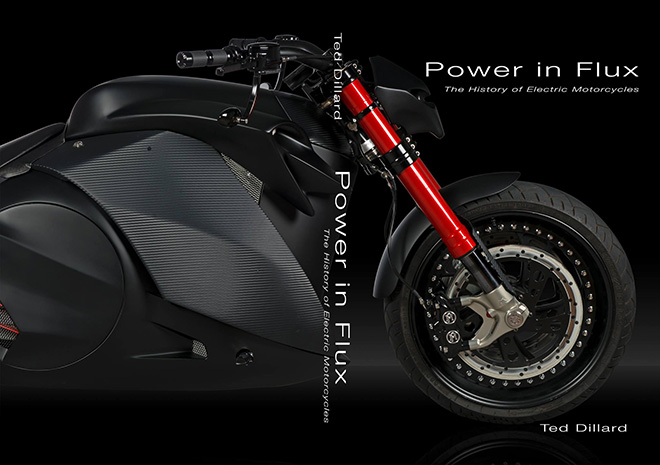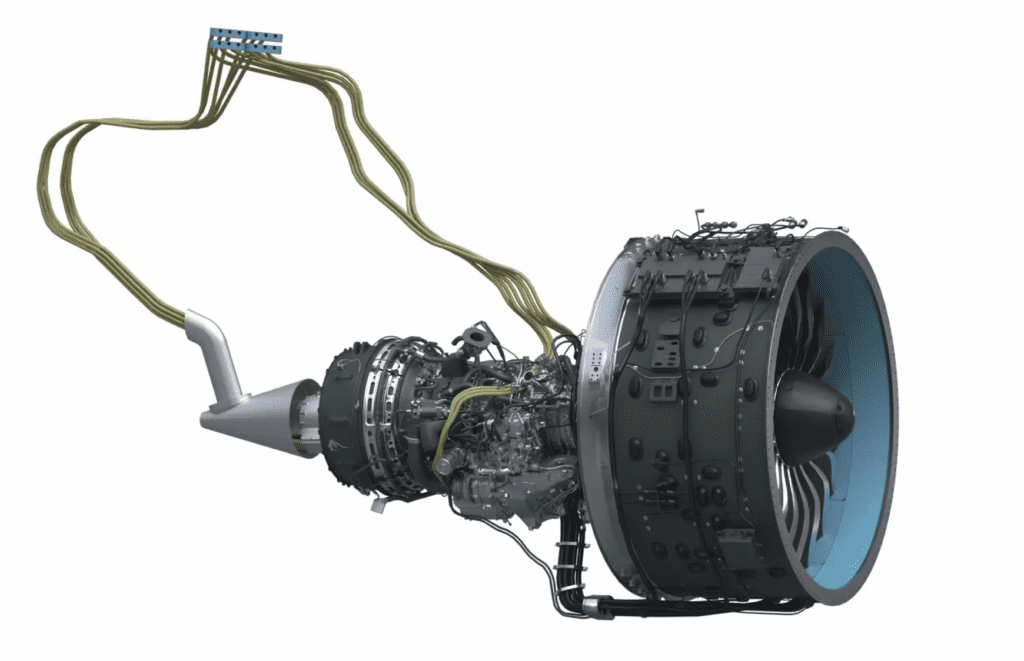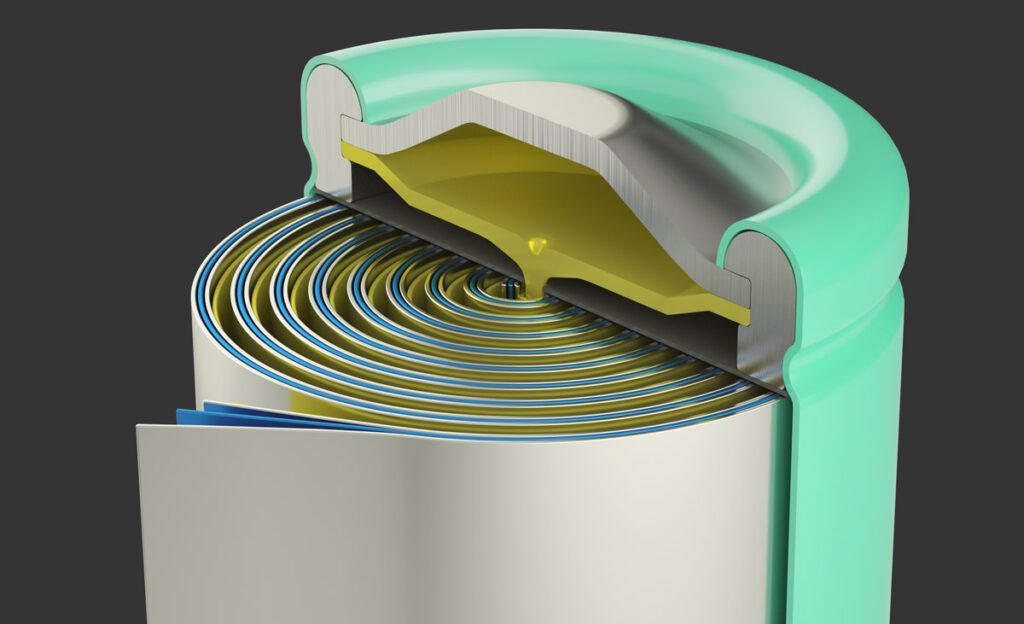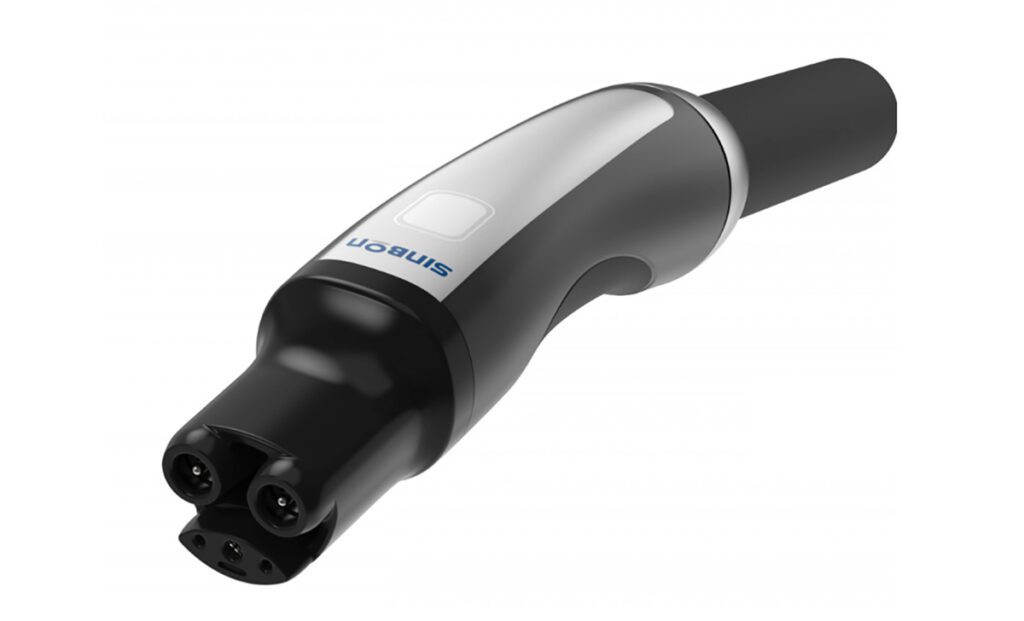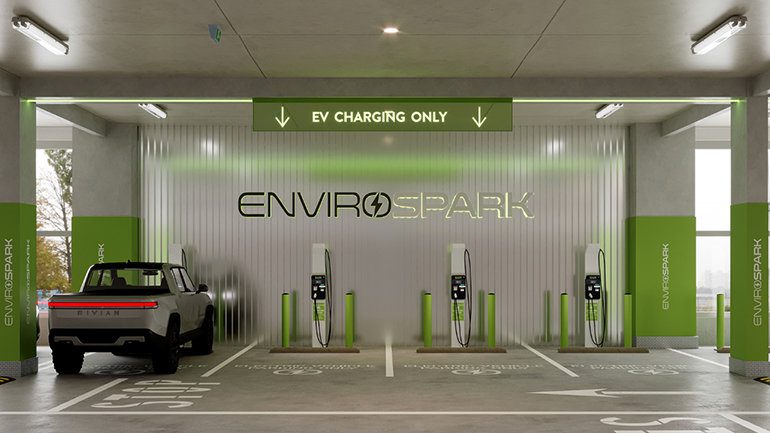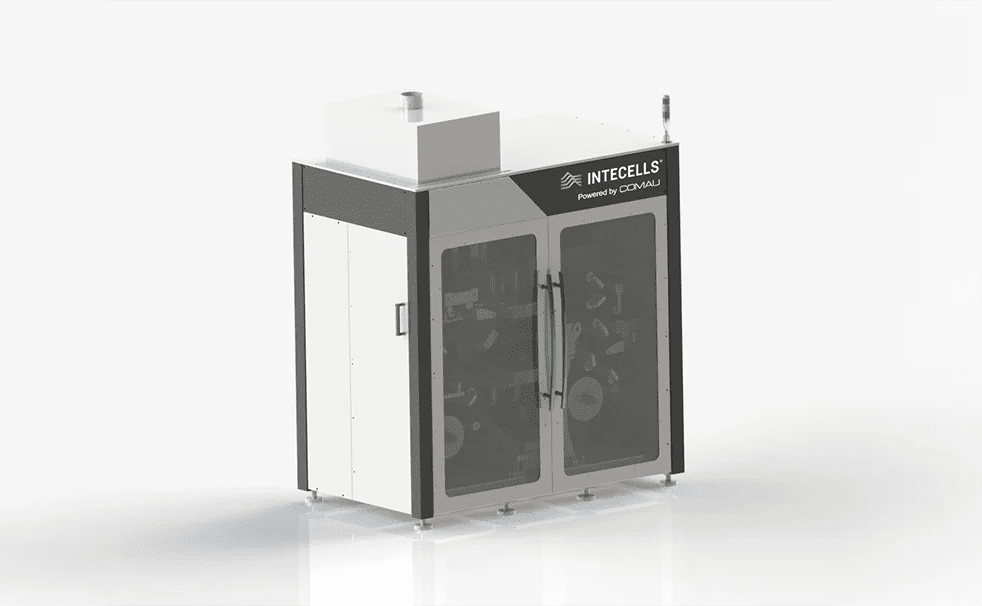Power in Flux, by Ted Dillard, is an in-depth history of electric motorcycles. Any lover of two-wheeled speed will find it of interest, and for anyone involved in designing and building electric motorcycles, it is quite simply a must-read.
Author Ted Dillard has an encyclopedic knowledge of his subject, and he discusses the technical development of electric vehicles, as well as the histories of the various e-motorcycle builders, in exhaustive detail.
One particularly interesting section recounts the histories of the various components of an electric powertrain, including batteries, motors and controllers. Some EV skeptics are fond of saying that EV drivetrain technology is “playing catch-up” with ICEs, which have enjoyed over a century of development. As Dillard points out, this is nonsense – electric motors have been around longer than gas engines have, and they’re everywhere. A typical modern kitchen alone might have at least a dozen. Industrial users of motors have been improving their efficiency, size and cost for decades. Dillard gives us a detailed look at the various types of motors, and their respective pros and cons.
The US companies Brammo and Zero, as well as the Swiss company Quantya, were some of the earliest makers of electric motorcycles for the retail market. Founded within a year of each other, the three companies followed three very different strategies, as Dillard explains, giving us a detailed history of each. There are some cool stories here – did you know that Brammo once set out to give President Obama one of its motorcycles? Alas, they were foiled by red tape and security.
There’s a chapter on racing; a list of online and other resources for the e-cycle community; a gallery of notable cycles, with photos and specs; an extensive glossary and a list of references. The book is illustrated with loads of excellent photos (although a higher-quality printing process would have made them look a lot better).
This book’s minute level of detail – it reproduces entire press releases, excerpts from patent applications, etc – is at once its strength and its weakness. Engineers and vehicle designers may appreciate much of these minutiae, but more casual readers will find some sections to be rough going. Dillard’s knowledge of his field is impressive, but his editing skills are not. Poor organization, flagrant typos and bad grammar make the book difficult to read. Employing an editor for a future edition would make an informative book more readable.
Power in Flux, by Ted Dillard
346 pages
2017







